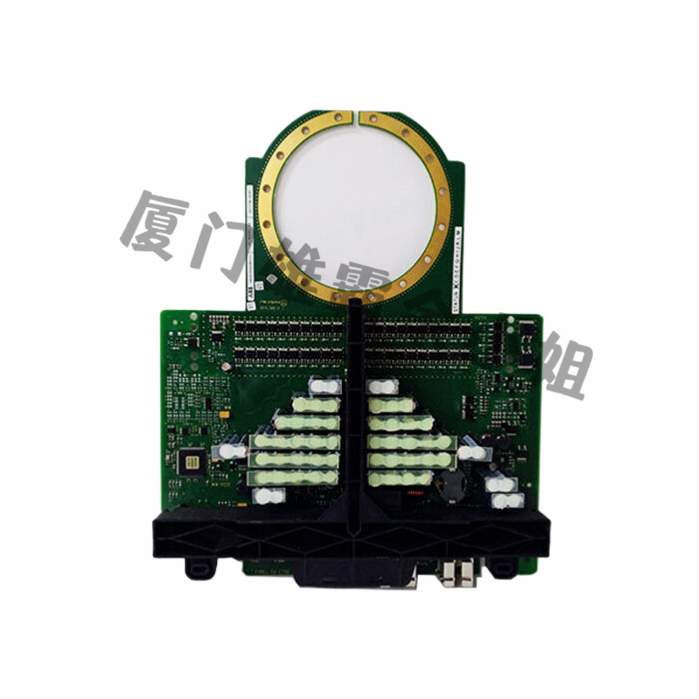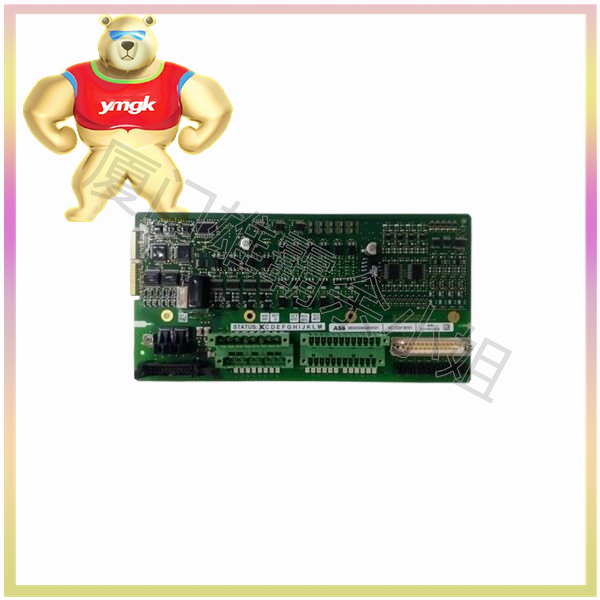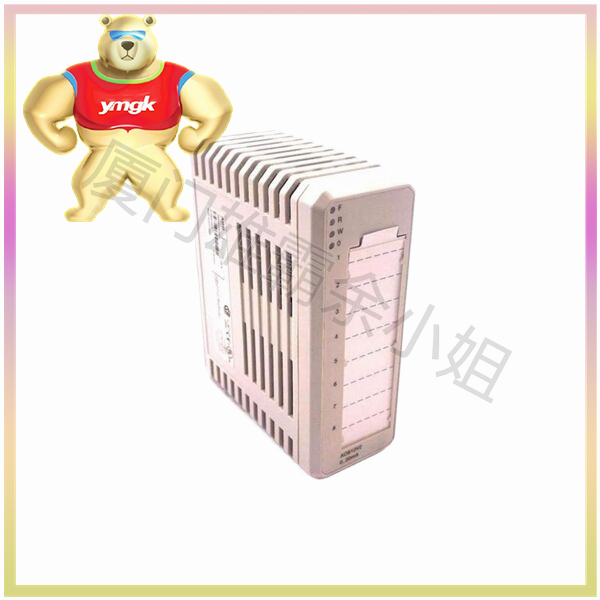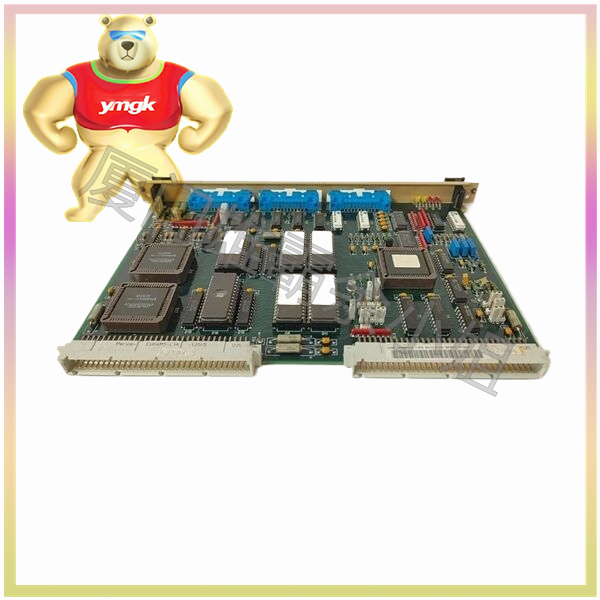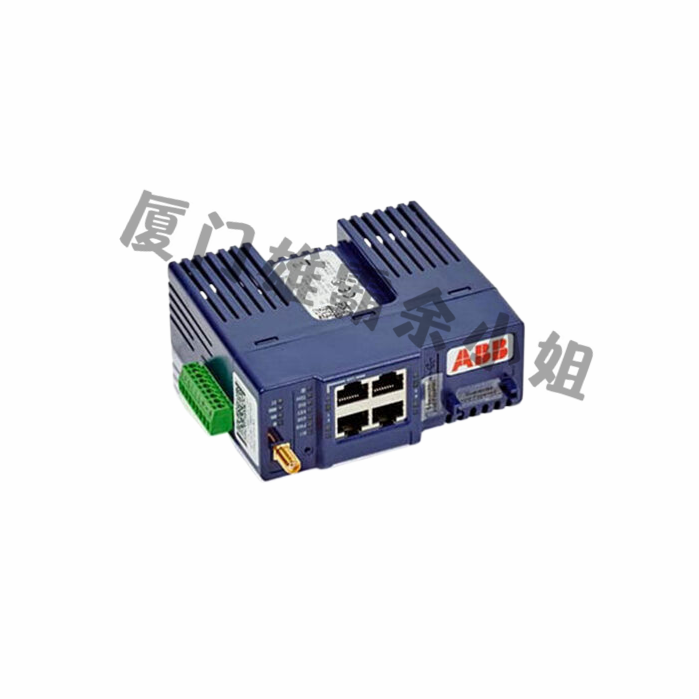Choosing a PLC or Controller for your Process is very important as it helps in Cost optimization. To determine the most suitable PLC to be used in the automation task, there are several basic considerations to be made:
Necessary input/output capacity
Types of I/O required
Size of memory required
Speed and power required of the CPU and instruction set
Manufacturer’s support and backup
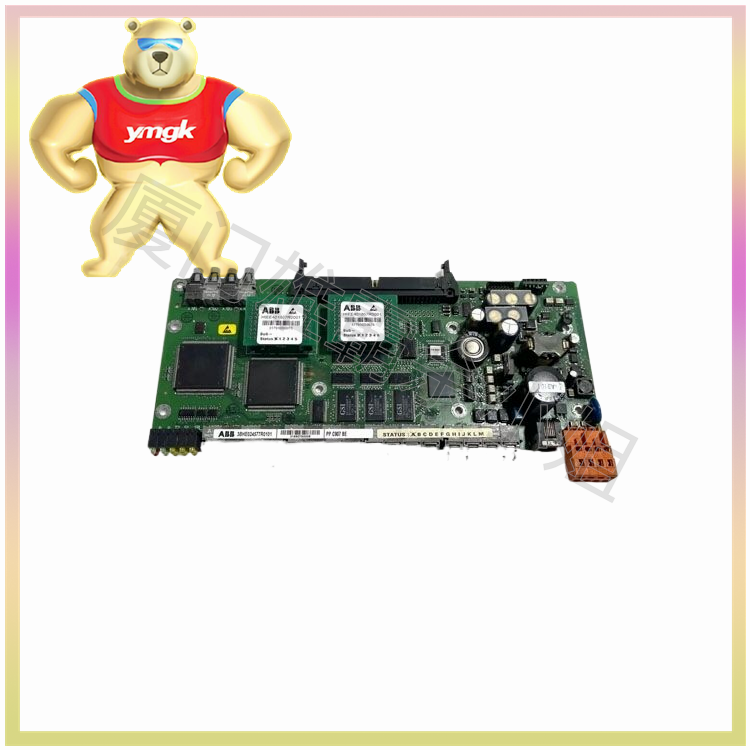
1. Number of I/O’s:
It is very important that you know the exact number of input and output that are going to be used in the process for best and economical use. PLC 59 system must have enough termination points to connect all signal and control lines for the process.
2. Type of I/O’s:
On selecting PLC, we have to consider what types of I/Os are needed, such as digital input like Sensor, Push Buttons etc, or analog inputs like pressure and temperature. Just like that we consider output, digital outputs are Relay, Contactor, Lamp etc. or you need an Analog output like Drive and Control Valves.
3. Memory and Programming Requirements:
Memory size is normally related to the amount of I/O points required in the system. The other factor that affects the amount of memory required is the control program that is to be installed.
Program size is also related to the number of I/O points since it must include instructions for reading from or writing to each point.
4. Compact or Modular PLC :
PLC can select between modular and compact types, modular type allows us to design the PLC for our purpose and which has Power supply and controller in different housing while Compact Type PLC are those which has Power supply and controller in the same housing.
5. Instruction Set/CPU:
All PLC handle logic control, sequencing, etc, but difference in the area of data handling, special functions and communications. Larger programmable controllers tend to have more powerful instructions than smaller ones in these areas.
6. PLC Scan Time:
PLC scan time is a time needed for PLC to completely Scan one cycle of PLC. It may consist of reading PLC input status, clearing PLC memory, Executing the PLC program and updating the Output. It is sometimes needed PLC with less scan time but it finds costly.
7. Sinking & Sourcing PLC:
Making a PLC at the source in Input or causing a PLC to sink into the input depends on the user’s requirements for the PLC to be chosen in that way. Some PLCs can support both sink and source 85 input and output.
8. Manufacturer’s Support and Backup:
Before choosing a PLC from a manufacturer, it should be considered the manufacturer’s assistance and service provided. It is a great advantage if the supplier/manufacturer can offer assistance with the system design work.

